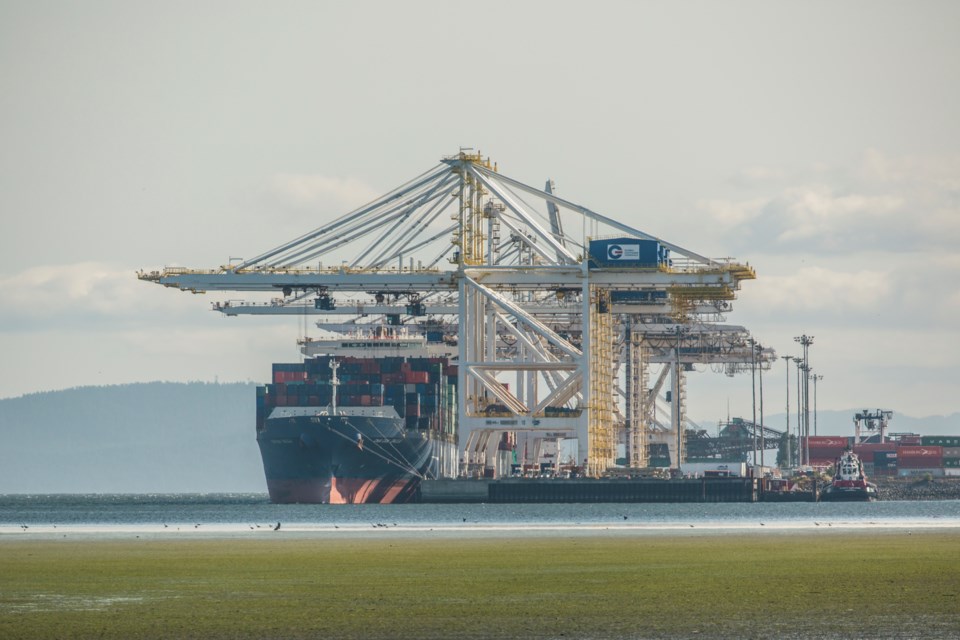Editor:
The recent federal approval of Roberts Bank Terminal 2 (RBT2) is a blow to environmental integrity and to the life of the Fraser Estuary. It wastes years of input from citizens, conservation groups and the councils of Delta and Richmond.
It even disregards the Delta-based scientists of Environment and Climate Change Canada (ECCC). They are the most valid assessors of RBT2 ecology.
From 2003 on, the ECCC scientists kept analyzing how the RBT2 island of fill would affect an expanse of biofilm. It’s northwest of the Deltaport causeway and rich in nutrients.
They found RBT2 would degrade the biofilm. That would pose “an unmitigable species-level risk to Western Sandpipers,” shorebirds that stop at Roberts Bank while migrating on the Pacific Flyway.
The Precautionary Principle of the Environmental Protection Act applied. ECCC made clear that RBT2 needed a redesign. Instead, the RBT2 proponent, Vancouver Fraser Port Authority (VFPA), devised ways to skirt redesign.
While VFPA kept ignoring ECCC, science revealed further values of the energizing nutrients in the biofilm. SFU’s Patricia Baird, PhD, enlightened the RBT2 assessment by explaining the fatty acids in the biofilm are “for the entire food web.”
For instance, the fatty acid DHA, which humans synthesize via seafood, helps the brain develop at fetal and infant stages. With global warming, there will be steep declines in DHA available for humans. That too increases the value of the unique biofilm that RBT2 ruins.
Thankfully, Global Container Terminals (GCT), who operate the Deltaport terminal, heeded the ECCC science and redesigned RBT2 as DP4. That’s “Deltaport Berth Four.” GCT added DP4 to Berths 1 to 3—on the side of the Deltaport causeway with not much biofilm.
Although DP4 is a suitable redesign, VFPA didn’t adopt it. On its own, GCT took it to environmental assessment.
In bulk and in cost, DP4 is only half as big as Roberts Bank Terminal 2, RBT2. Yet the increment to container capacity from DP4 exceeds RBT2’s if we credit the DP4 proponent for the capacity it’s already added.
And the DP4 proponent would develop it in a disturbed area. That beats RBT2 disturbing a new site.
Also unlike RBT2, DP4 is designed for phasing in. Until the need approaches, there’s ample capacity, drawing on recent expansion at Burrard Inlet and, thanks to GCT, Deltaport.
As well, Canada’s container business keeps choosing the Port of Prince Rupert for its Pacific Gateway growth. Prince Rupert’s container capacity has been catching up to Deltaport’s. The newest “Rupert” plan may put Rupert ahead.
Compared to Vancouver, Rupert is far closer to Asia. It also has reliable rail to much of North America. Rupert’s natural harbour is deep, and its shipping lanes are wide.
Canada may never need a new container terminal at Deltaport, but it’s wise to have DP4 ready. In contrast, RBT2 is shameful. It’s Canada at its worst.
Sharon MacGougan, President, and Jim Wright, Past President, Garden City Conservation Society




